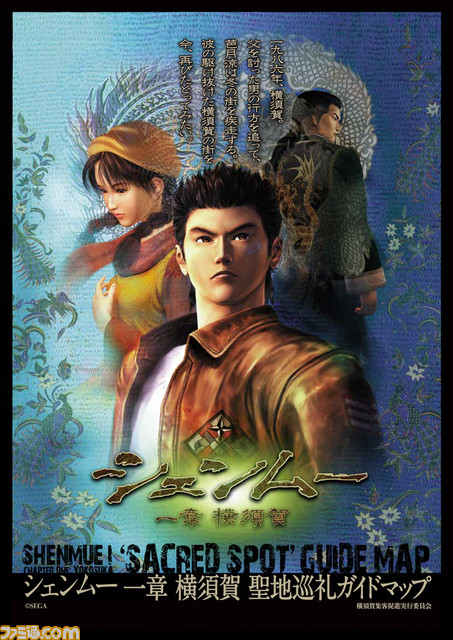One of the recurring criticisms I see levelled at the Dreamcast is that the standard controller is rubbish. It's almost become the de facto response when people discuss the Dreamcast - it's a great console...but that controller!
Urgh! From complaints about the trigger travel distance, to the lack of diagonals on the d-pad, to the cardinal sin of having only one analogue stick, the evidence is overwhelmingly damning for the humble HKT-7700. If something is repeated enough times, it eventually passes from the realm of hearsay and into law, right?
With this article, I thought it would be interesting to have a look at the Dreamcast's standard controller and investigate whether it really is all that bad, or if it is just a victim of hindsight. In the grand scheme of all things gaming, the Dreamcast's controller is one of the less heavily lambasted - the Atari Jaguar and Nintendo 64 controllers have come in for far more criticism than Sega's offering ever has. However, with the aforementioned examples, gamers who have spent any amount of time with these examples will usually attest that even though they might look a bit unwieldy they're actually pretty comfortable to use. Without going too far off topic, the Jaguar controller is labelled as heavy and cumbersome; but in actual fact is very light and very ergonomic in the hand. Likewise, the Nintendo 64's unorthodox tri-pronged design draws derision in this age of dual analogue sticks and built-in rumble, but back in the day the design of the thing was revolutionary.

But what of the Dreamcast controller? It's true that it is very easy to look back at hardware of the past and casually pour scorn on it, and there are countless listicles on clickbait sites about 'the top 10 worst controllers,' usually written by people who have never even used said hardware; simply basing their opinions on photos they found on Google. As someone who played a Japanese Dreamcast shortly after launch (it wasn't mine - a friend bought one), and then got my own about a week after the UK release in October 1999, I think I'm pretty well qualified to talk at length about the Dreamcast controller. I dread to think how much of my adult life has been
wasted spent with a Dreamcast controller in my hands, and so I have some opinions on how it sucks but also on how it's actually pretty good. I also threw this topic open to the good people of the Junkyard's Facebook group and I'll share some of the best comments later on in the article. For now though, let's kick things off with a good look at the controller, its origins and its various parts.
It's pretty clear from the basic design of the unit that the origins of the Dreamcast controller are a derivative of the Sega Saturn 3D controller. The button and analogue stick placement, twinned with the general bulbous two-ponged aesthetic are clearly throwbacks to the earlier concept, and placement of the triggers and d-pad only amplify this. While there is an image floating around online (
and this magazine scan) that shows a multitude of alternative prototypes for the Dreamcast controller, it's pretty obvious that someone thought the 3D controller design was the one to go with and so it was adapted and updated.
In truth though, the subtle changes made to various aspects of the 3D controller as it evolved into the Dreamcast controller are somewhat puzzling, and while some offer improvements, others are clearly a step back. For instance, the d-pad...





















































